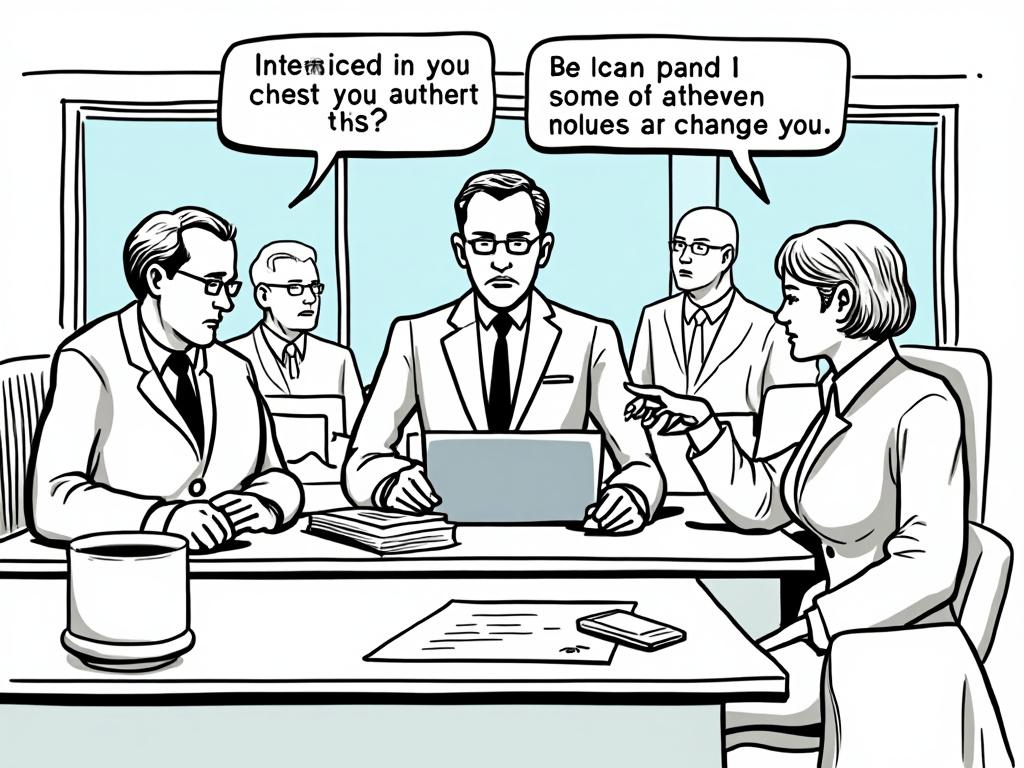
Understanding Property Taxes and Ongoing Costs in Real Estate Investments
Reading time: 12 minutes
Ever felt overwhelmed by the hidden costs lurking beneath your real estate investment dreams? You’re not alone. Property taxes and ongoing expenses can make or break your investment strategy, turning promising opportunities into financial nightmares—or strategic goldmines when properly understood.
Table of Contents
- Why Property Taxes Matter More Than Purchase Price
- Breaking Down Essential Ongoing Costs
- Regional Variations and Their Impact
- Strategic Tax Planning for Real Estate Investors
- Common Pitfalls and How to Avoid Them
- Your Investment Success Blueprint
- Frequently Asked Questions
Why Property Taxes Matter More Than Purchase Price
Here’s the straight talk: Property taxes aren’t just another line item—they’re the silent wealth builder or destroyer in your investment portfolio. While most investors obsess over purchase prices and initial down payments, the savvy ones focus on long-term carrying costs that ultimately determine profitability.
Consider this eye-opening scenario: Sarah purchased two identical properties for $200,000 each. Property A sits in a low-tax jurisdiction with annual taxes of $2,400, while Property B faces $8,000 yearly. Over a 10-year hold period, that $5,600 annual difference compounds to $56,000—enough to fund another investment property!
The True Cost of Property Ownership
Property taxes typically range from 0.5% to 2.5% of assessed value annually, but this baseline tells only part of the story. Effective tax rates consider assessment ratios, exemptions, and local millage rates that create dramatic variations even within the same county.
Key Components of Property Tax Calculations:
- Assessed value (often different from market value)
- Assessment ratio (percentage of value subject to tax)
- Millage rate (tax per $1,000 of assessed value)
- Available exemptions and deductions
Market Impact Analysis
Research from the National Association of Realtors reveals that property taxes influence 73% of homebuying decisions in high-tax states. This consumer behavior directly affects rental demand, resale values, and cash flow projections for investment properties.
Property Tax Impact Comparison by State
$12,000 annual (avg)
$9,000 annual (avg)
$5,000 annual (avg)
$2,000 annual (avg)
*Based on $500,000 property value
Breaking Down Essential Ongoing Costs
Well, here’s where many investors stumble: focusing solely on mortgage payments while ignoring the ecosystem of ongoing expenses that can devour profits faster than termites consume wood framing.
The Big Four: Unavoidable Ongoing Expenses
| Expense Category | Annual Cost Range | Impact on ROI | Mitigation Strategy |
|---|---|---|---|
| Property Taxes | 0.5% – 2.5% of value | High | Appeal assessments, claim exemptions |
| Insurance | $800 – $3,000+ | Medium | Bundle policies, increase deductibles |
| Maintenance & Repairs | 1% – 3% of value | High | Preventive maintenance, DIY capability |
| Property Management | 6% – 12% of rent | Medium | Self-manage, negotiate rates |
| Vacancy Allowance | 5% – 15% of rent | High | Quality tenants, competitive pricing |
The Hidden Cost Multipliers
Beyond these core expenses, cost multipliers can dramatically impact your bottom line. HOA fees averaging $200-500 monthly, special assessments for major repairs, and utility costs during vacancy periods often catch investors off-guard.
Real-World Case Study: Marcus purchased a $300,000 condo in downtown Austin, projecting $2,500 monthly rent. His initial calculations included mortgage, taxes, and insurance totaling $1,800. However, he overlooked the $350 HOA fee, $100 monthly utility baseline, and 8% vacancy rate. These “minor” oversights reduced his projected $700 monthly profit to just $75—a 89% decrease in cash flow!
Regional Variations and Their Impact
Quick scenario: Imagine you’re evaluating identical properties in Phoenix, Arizona, and Newark, New Jersey. The purchase prices are similar, but the ongoing cost structures tell completely different stories about long-term profitability.
Geographic Cost Drivers
Climate-Related Expenses: Properties in hurricane-prone areas face insurance premiums 3-5x higher than inland locations. Desert climates demand specialized HVAC systems with higher maintenance costs, while cold regions require seasonal weatherization and potential freeze damage repairs.
Regulatory Environment: Rent control jurisdictions like New York City or San Francisco cap income growth while costs continue rising. Landlord-friendly states like Georgia or Texas offer more flexibility but may have higher property tax burdens.
Pro Tip: The right market selection isn’t just about growth potential—it’s about creating sustainable, scalable investment foundations that withstand economic cycles.
Strategic Tax Planning for Real Estate Investors
Ready to transform tax complexity into competitive advantage? Understanding depreciation, cost segregation, and 1031 exchanges can save thousands annually while building long-term wealth.
Depreciation: Your Silent Partner
Residential investment properties depreciate over 27.5 years, allowing you to deduct 3.64% of the building’s value annually. On a $400,000 property with $350,000 in improvable basis, that’s $12,727 in annual depreciation deductions—potentially saving $3,000-5,000 in taxes depending on your bracket.
Advanced Strategies
Cost Segregation Studies: These engineering-based analyses identify components depreciating over 5, 7, or 15 years instead of 27.5, accelerating deductions. Typical benefits range from $15,000-40,000 in first-year tax savings for properties over $500,000.
1031 Exchanges: Defer capital gains indefinitely by reinvesting proceeds into like-kind properties. This strategy allows portfolio growth without immediate tax consequences, compounding wealth over multiple transactions.
Common Pitfalls and How to Avoid Them
Navigating real estate investment successfully isn’t about perfection—it’s about strategic preparation and learning from others’ costly mistakes.
The Assessment Shock
Property assessments can jump 20-50% following renovations or market appreciation, dramatically impacting carrying costs. Challenge 1: Many investors budget taxes based on purchase price assessments without considering reassessment triggers.
Solution: Research local assessment practices, understand appeal processes, and budget 15-25% above current tax bills for unexpected increases. Establish relationships with local tax attorneys who specialize in assessment challenges.
The Maintenance Mirage
Challenge 2: New investors often underestimate maintenance costs, budgeting 0.5-1% of property value when reality demands 2-4% in many markets.
Solution: Create detailed maintenance schedules, build relationships with reliable contractors, and maintain 6-12 months of expenses in reserve. Consider properties’ age, condition, and local labor costs when projecting expenses.
The Cash Flow Illusion
Positive cash flow on paper doesn’t guarantee success when vacancy, repairs, and capital improvements occur simultaneously. Challenge 3: Overleveraged investors face forced sales during temporary setbacks.
Solution: Maintain conservative debt-to-income ratios, diversify across multiple properties, and build comprehensive reserve funds covering 3-6 months of total expenses per property.
Your Investment Success Blueprint
Mastering property taxes and ongoing costs isn’t just about avoiding problems—it’s about creating resilient investment strategies that thrive regardless of market conditions. Here’s your actionable roadmap forward:
Immediate Action Steps:
- Conduct Market Analysis: Research property tax rates, assessment practices, and typical ongoing costs in your target markets within the next 30 days
- Build Your Financial Model: Create comprehensive spreadsheets including all ongoing costs, not just mortgage payments, before making any offers
- Establish Professional Network: Connect with local tax assessors, insurance agents, and property managers to understand market-specific cost drivers
- Create Reserve Strategy: Open dedicated accounts for property taxes, maintenance, and vacancies—automate monthly contributions immediately
- Review Tax Benefits: Consult with CPAs experienced in real estate to maximize depreciation and identify applicable deductions
Long-term Wealth Building: As property values appreciate and rents increase, your fixed-rate mortgages become increasingly attractive while tax benefits compound. The investors who succeed long-term understand that managing ongoing costs effectively creates sustainable competitive advantages that compound over decades.
Think about this: Every dollar saved on unnecessary expenses is a dollar that can be reinvested into additional properties, accelerating your portfolio growth exponentially. How will you use these insights to transform your next investment decision from a hopeful gamble into a calculated wealth-building strategy?
Frequently Asked Questions
How do I accurately estimate property taxes for a potential investment?
Contact the local tax assessor’s office to obtain the property’s current assessment and millage rates. However, don’t rely solely on current figures—research recent assessment trends, planned municipal projects that might increase taxes, and whether the property qualifies for any exemptions. Factor in potential reassessment following purchase, as many jurisdictions reassess properties after ownership transfers. Budget 15-25% above current taxes for unexpected increases.
What percentage of rental income should I budget for ongoing expenses?
The “50% rule” suggests budgeting 50% of rental income for all ongoing expenses (excluding mortgage payments), but this varies significantly by property type and location. Single-family homes typically require 25-35% for expenses, while older multifamily properties may demand 40-60%. Include property taxes, insurance, maintenance, management, vacancy allowance, and capital improvements in your calculations. Always customize these percentages based on local market conditions and property-specific factors.
Can I appeal my property tax assessment, and is it worth the effort?
Yes, most jurisdictions allow assessment appeals, and success rates often exceed 50% when properly executed. The process typically involves comparing your assessment to similar properties, identifying assessment errors, or demonstrating decreased property values. Appeals are worthwhile when your assessment appears 10% or more above market value. Many areas offer informal review processes before formal appeals, which can save time and legal fees. Consider hiring professionals for high-value properties where potential savings justify the costs.

Article reviewed by Aino Koskinen, Business Growth Consultant | Scaling Companies with Data-Driven Strategies, on July 7, 2025
